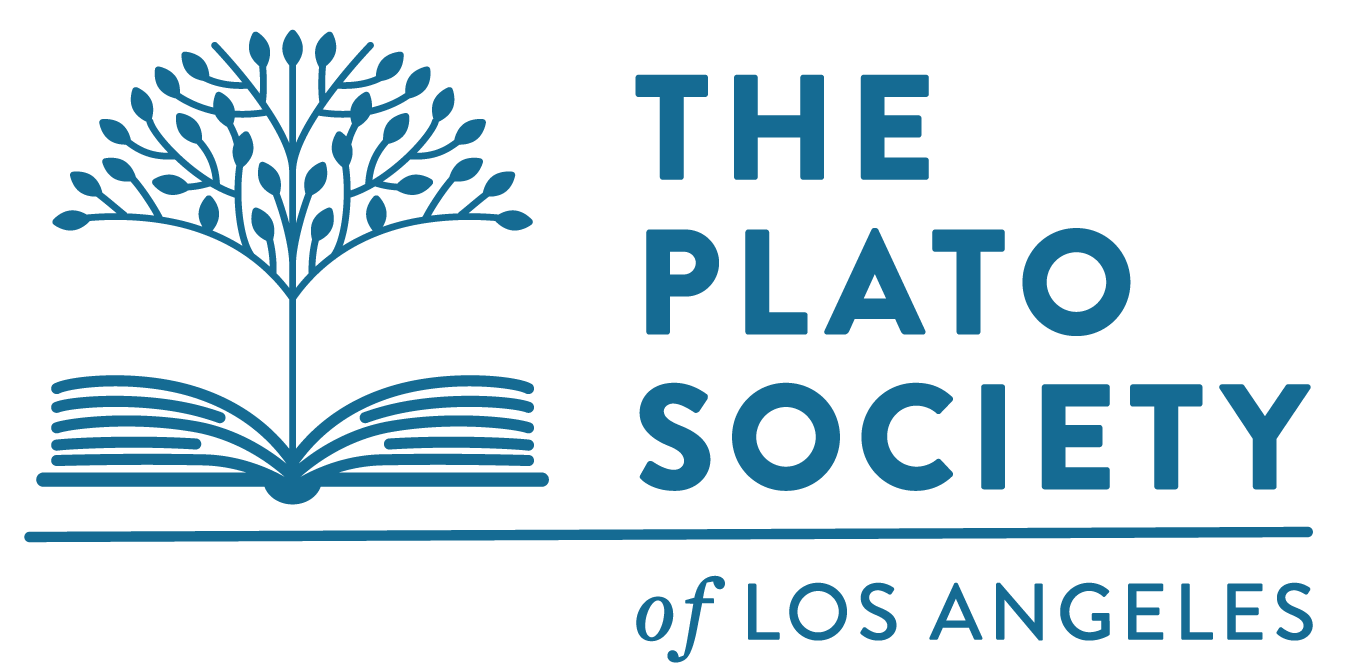Description
1672: Russia was a backwater country mired in traditional medieval customs. June 9 of the same year Peter, son of Tsar Alexei was born. Known to us as Peter the Great, he instituted radical political, social and educational changes and took Russia kicking and screaming into the modern world. He built a modern army, created a navy, opened up a privileged aristocracy, brought the church under state control and adopted the European calendar. Peter played a pivotal role in the creation of a whole new Europe in which Russia was to play a crucial part. To what extent were the seeds of change already there? How successful were these reforms? At what cost did these benefits come?
Four years after Peter died, Catherine was born, a German princess, who then through marriage and political intrigue, came to rule and even enlarge the already vast Russian Empire. Her long reign was marked by public turbulence and controversy, as well as many private love affairs, inspiring both admiration and criticism in her subjects and later by historians. She was famous for her intellectual brilliance and pursuit of the ideals of the Enlightenment, but her actual achievements fell short of her declared intentions. Was she a hypocritical, self-serving tyrant and sex symbol or a politically astute autocrat, fighting to survive and to maintain order?
In this SD/G we’ll examine the lives and unique personalities of these two Great Tsars of Russia. We’ll study the time period in which they lived, the social, political and cultural development of Russia and their participation in the international arena. And we shall explore the part they played in the modernization of Russia and their impact on the whole of Europe. And we’ll try to answer the question: Do Peter and Catherine still deserve to be called “The Greats
Weekly Topics
Peter
Week 1: Background, early life, education, ascent to throne. The Crimean campaigns and the Azov campaigns.
Week 2: The Grand Embassy, founding of St Petersburg, war with Sweden, Peter’s army, the Senate, royal weddings.
Week 3: Peter’s marriage, more travels, relationship with sons, buildup of navy, colleges, general regulations
Week 4: Nystad, new status as European power, legislation, corruption, Persian War, Rules of Succession
Week 5: Catherine I's coronation, Academy of Sciences, Peter’s death. Legacies – yesterday and today
Catherine
Week 6: Early life, education, marriage, court life, coup d’état, accession to the throne.
Week 7: Coronation, consolidation and challenges. The Volga voyage, the legislative commission.
Week 8: Foreign policy, war with Poland and Turkey. Crisis in public health.
Week 9: Plots against the throne, pretenders, rebel resurgence. “Legislomania’ – reaction to opposition
Week 10: Favorites and favoritism, “nymphomania”. Succession concerns, Potemkin’s influence, the Crimea.
Week 11: War, European Revolution and Potemkin's demise.
Week 12: Advancing age, declining health, uncertainty at home and abroad, the last year
Legend and legacies, Catherine's love notes.
Bibliography
Core Books
Alexander, John T., Catherine the Great: Life and Legend, Oxford University Press, 1989
Hughes, Lindsey, Peter the Great: A Biography, Yale University Press, 2004




